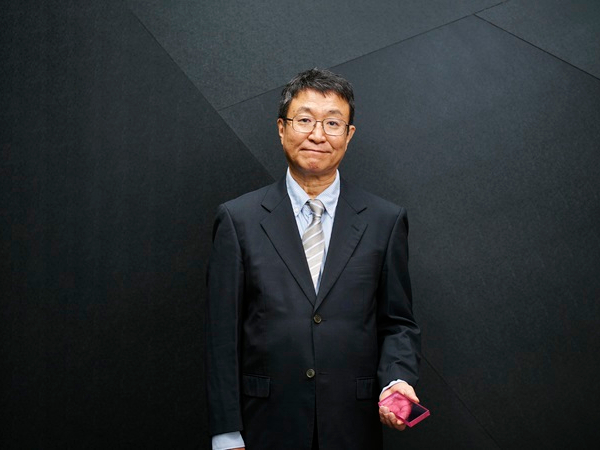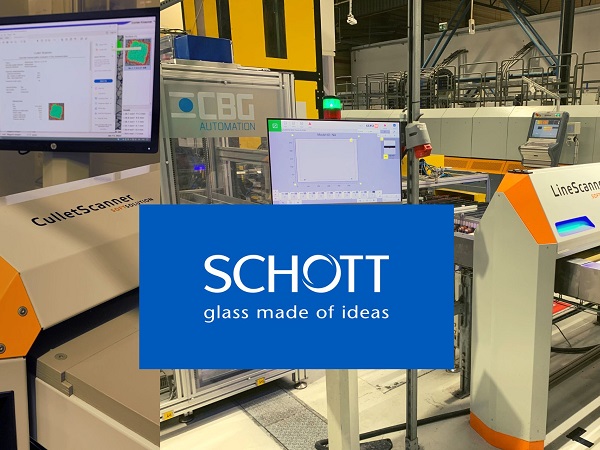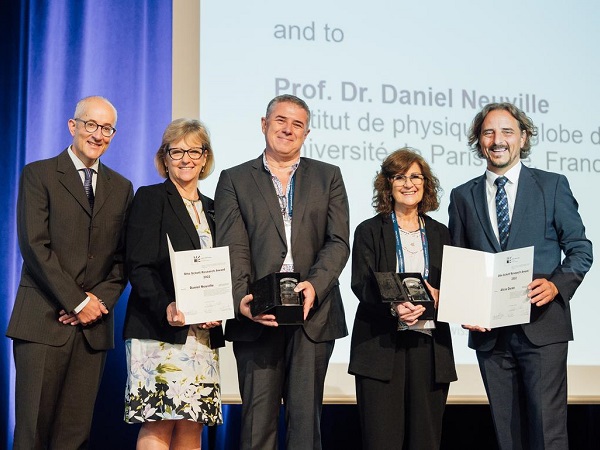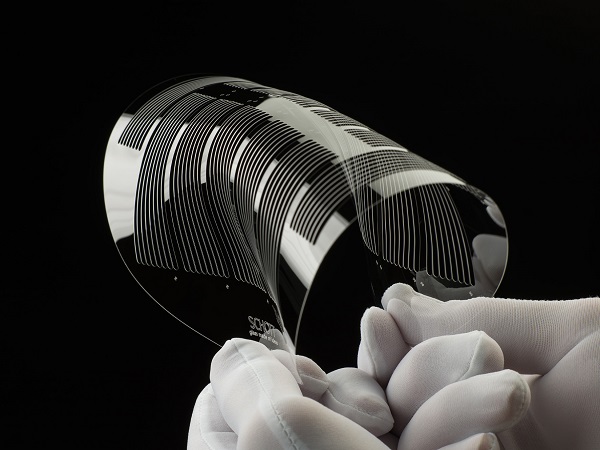Date: 9 March 2011
Source: SCHOTT AG.
Landshut/Cologne (Germany) March 02, 2011 — A mixture of glass and polymers that closely resembles natural teeth now shines where caries used to be replaced by dark Amalgam. SCHOTT has contributed significantly to this esthetic new trend with its high purity, fine grain glass powders. The technology company will be presenting its extended portfolio of glass powders for dental composites and discussing the advantages these products have to offer for the future with product developers, dentists and patients alike at the International Dental Show (IDS).
Caries, or tooth decay, is caused by sour metabolic products that are produced by bacteria. Nearly everyone experiences this at least once in their lifetime. A dentist then has to remove the damaged areas and fill them with a replacement material. Depending on the size of the caries and the position it is in, various filling materials are available for use. Rather than biting on Amalgam, gold or a ceramic, more and more people are deciding in favor of an inconspicuous dental composite.
“This long-lasting filling material owes its unique properties to its two main components: a photocurable synthetic material and up to 80 percent high purity glass powder,” Sabine Pichler-Wilhelm, Research & Development Manager for SCHOTT in Landshut, explains and adds: “The polymer matrix firmly anchors the filling material to the inside of the cavity. Nevertheless, the glass powder is what gives the filling its long-term durability and enamel-like natural appearance.”
The widest range of glass powders for dental composites SCHOTT will be presenting its portfolio of glass powders and product innovations at the IDS, the leading international trade show for the dental industry. The company is interested in discussing the benefits of its innovations for dental composites at its 30 square meter booth G036 in hall 10.1. Nevertheless, SCHOTT has also been helping to raise general awareness. After all, a “plastic filling”, a term that many dentists still use, is a filling that contains a large share of glass powder and is thus extremely durable.
SCHOTT has ranked among the leaders in glass powders for dental composites, glass-ionomer cements and compomeres since the 1970s. The polymer and glass powder are mixed to suit a specific application just perfectly, whether this be in the area of the incisors, molars or a root canal. The main differences generally have to do with the refractive index and radiopacity of the glass and the grain size of the powder.
The SCHOTT portfolio includes dental glasses with a refractive index of between 1.47 nd and 1.83 nd. Most of these glasses are radiopaque. This allows for the filling to be seen more clearly on an X-ray image. The filler particle is an average of 5 microns (µm) to 180 nanometers (nm) in size. Various grain sizes can even be combined to achieve a high particle density in the polymer matrix, in addition to delivering the best possible polishing results and appearance.
Based in Landshut, Germany, SCHOTT Electronic Packaging (EP) is the leading manufacturer of special glass powders that have specific physical, chemical and bioactive properties. With several competence centers all over the world, SCHOTT EP offers the most modern dental glass powders in the highest degrees of purity and the finest grain sizes of 5 µm to 180 nm for esthetic restoration of teeth. The company that is part of the international technology group SCHOTT that employees a worldwide staff of 17,500, looks back on more than 125 years of experience in developing, manufacturing and reliably delivering unique solutions to customers all over the world.
SCHOTT is an international technology group that has been developing and producing speciality materials, components, and systems for over 125 years. The company’s core markets are the household appliance industry, solar power, pharmaceuticals, electronics, optics, the automotive industry and architecture. SCHOTT Group maintains close proximity to its customers with manufacturing and sales companies in all major markets. Its workforce of around 17,500 employees generated worldwide sales of approximately 2.9 billion euros for the 2009/2010 fiscal year. The company's technological and economic expertise is closely linked with its social and ecological responsibility. At the same time, SCHOTT strongly supports the principles of sustainability. SCHOTT AG is owned by the Carl Zeiss Foundation.







Add new comment